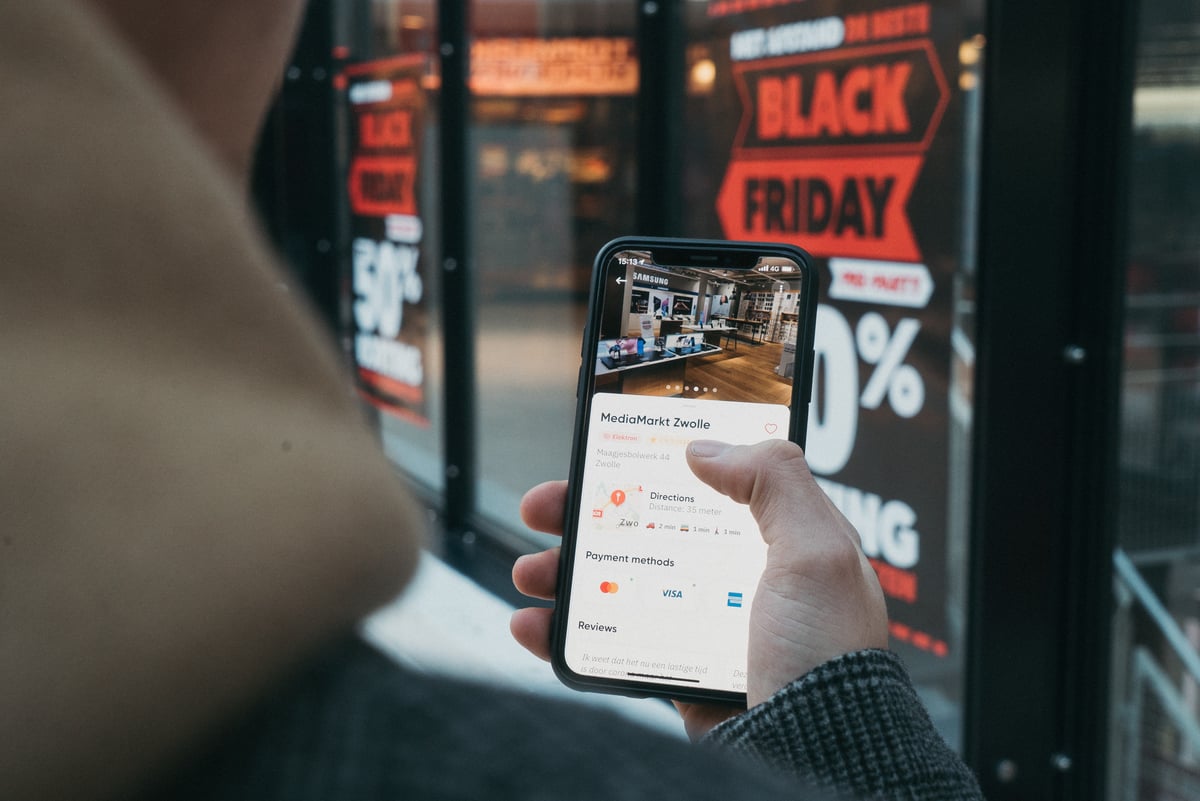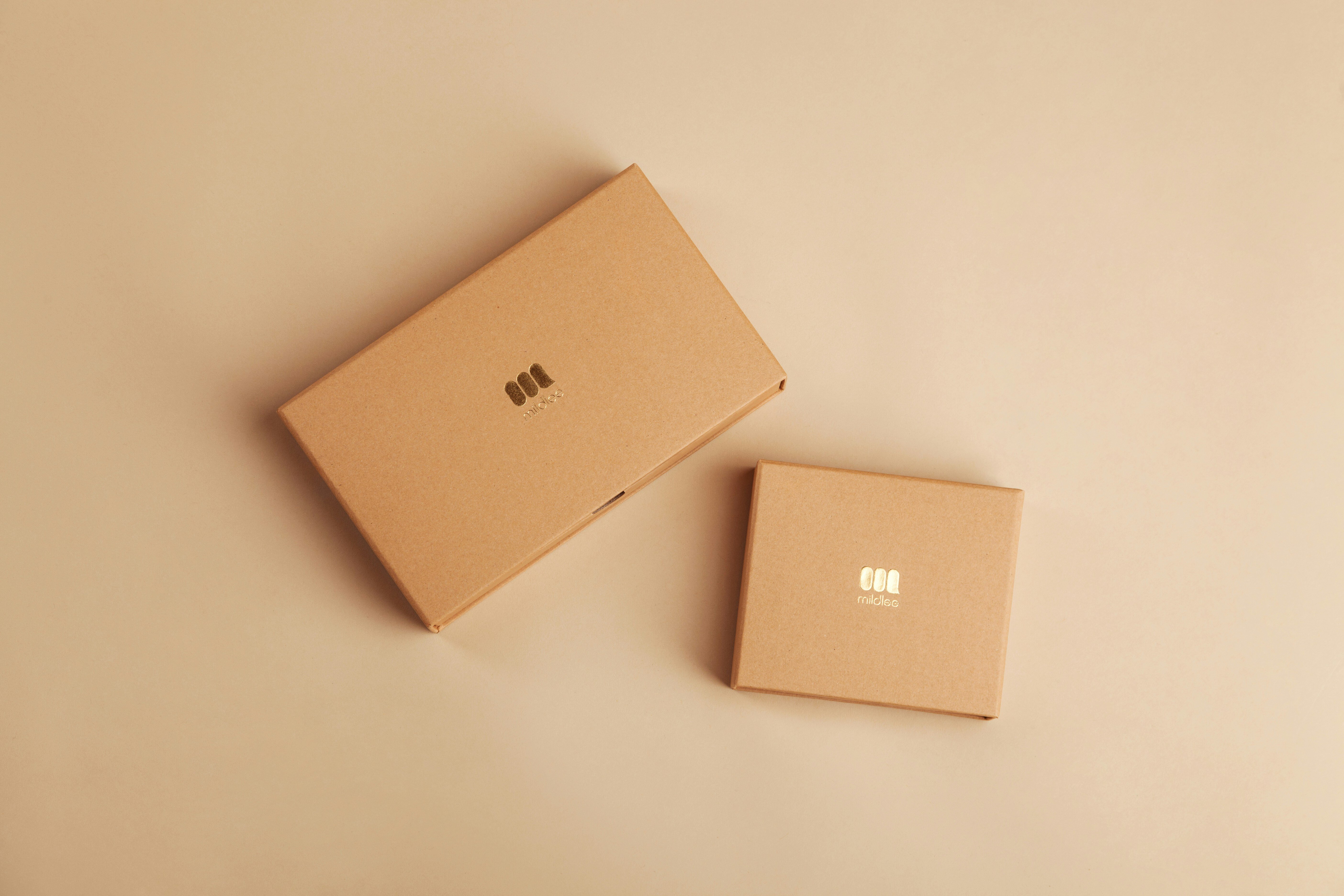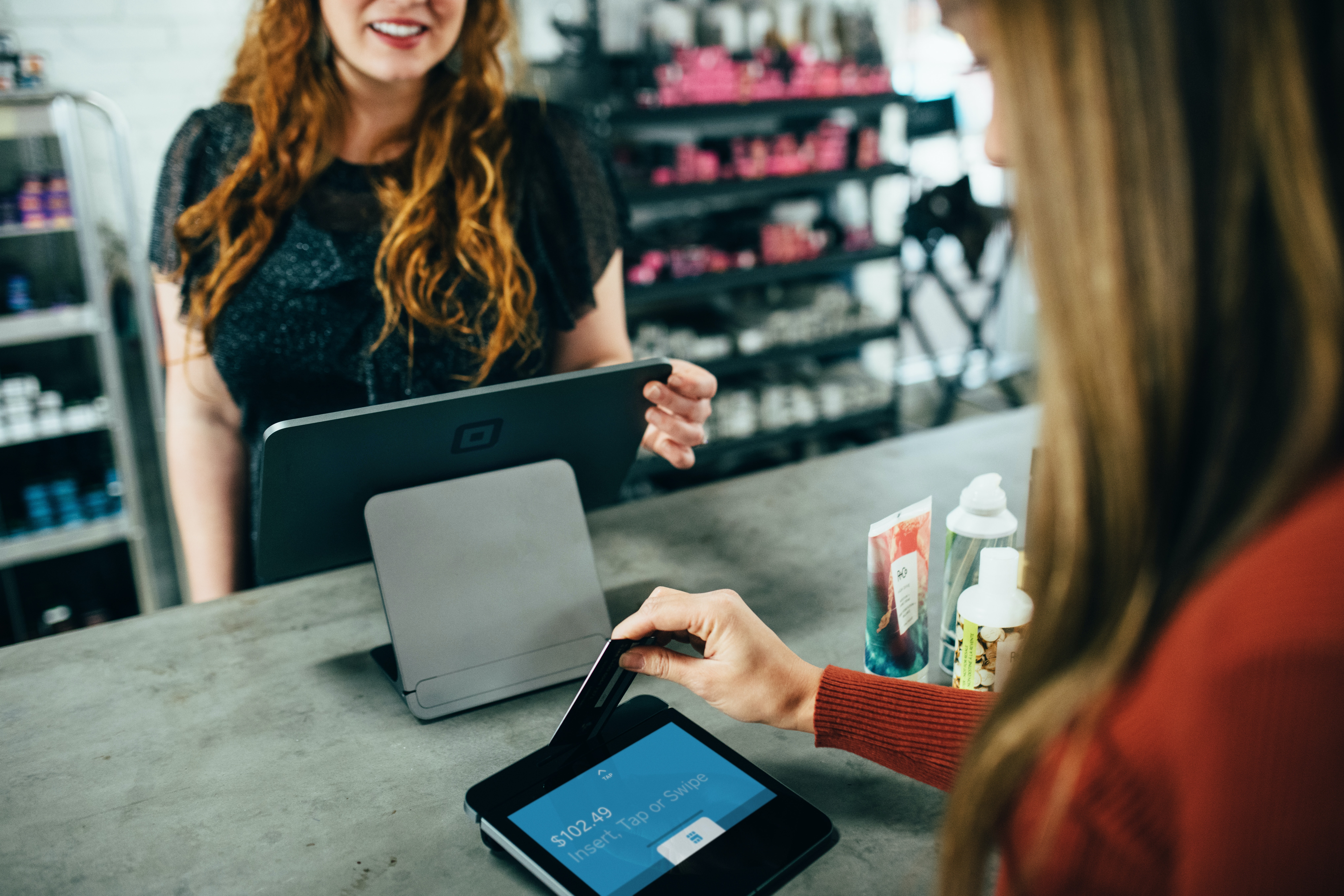
It’s the afternoon prior to the dinner party I’ve been planning for weeks. I’ve been cooking, cleaning and planning all day, making sure everything is perfectly in place for this evening, when I realise: I forgot fresh flowers for the table’s centerpiece. There’s a roast chicken in the oven, a roux thickening on the stove, and I have zero time to run out and get flowers.
Four years ago, I would have been out of luck. But thanks to mass digitisation due to the pandemic, today I pull out my phone and order an ASAP delivery from Freddie’s Flowers, a south London-based florist offering deliveries across the UK. Once Freddie’s receives my order, they process the details, create my arrangement, and notify their delivery partner, Zedify, that my order is ready to be dispatched. Zedify is a cargo bike delivery service, who fulfils zero-emission shipping to several cities across the UK.
This transaction represents an example of an omnichannel retailing strategy. According to Frost & Sullivan, omnichannel is defined as "seamless and effortless, high-quality customer experiences that occur within and between contact channels.” No longer an added benefit for retail companies, an omnichannel approach has become integral for successful businesses today. Nearly 90% of today’s consumers want an omnichannel experience, meaning retailers must develop relationships with their customers that transcend platforms, executing consistent customer experiences from every avenue.
Since COVID-19, digital processes have been sped up tenfold, and as a result, movement from offline to online channels have become the norm. But it doesn’t stop there. Consumers have also become picky, selecting brands that offer convenient shopping options, like curbside pickup and ship-from-store delivery (like Freddie’s!), over their usual choices. And, even though the world has returned (mainly) to normalcy, consumer behaviour has been changed forever.
83% of consumers said convenience was more important to them now than back in 2015. Consumers expect retailers to cater to them and make their lives as easy and convenient as possible. Strong omnichannel strategies ensure “sensitiv[ity] to changing consumer behaviour and put the technology and operations in place to meet customers where they are — and where they want you to be.” In other words, in this new world where the lines between internet and reality are increasingly blurred, the consumer dictates a business’ success.
Let’s take a look at some excellent examples of omnichannel strategy from retailers both big and small.
On this page
- Omnichannel in practice
- Using Omnichannel Strategy as a Small Business
- Track customer journeys
- Maximisation of commerce platforms
- Strong communication strategy
- Unified brand image
Omnichannel in practice
Sephora is a French multinational beauty retailer that has made significant strides in creating seamless customer experiences. Their Beauty Insider loyalty program drives both on and offline purchases, and stores consumer preferences that allow staff to access their favourite items and make new suggestions accordingly, delivering a completely personalised in-store experience that keeps customers coming back. In-store, they also have scanners that match products to your skin colour and hair type. In a world where online shopping has become nearly universal, companies like Sephora that create meaningful in-store experiences make sure that brick-and-mortar stays relevant.

To observe a sophisticated omnichannel approach in real-time, I stopped in the Browns flagship store in Mayfair, whose location has been touted “the store of the future”. Acquired by Farfetch back in 2015, Browns now serves as a guinea pig for Farfetch’s high-tech retail services. Carrying a variety of luxury brands from Khaite to Loewe, the central London storefront is housed in a former townhome and spans four levels. Browns takes pride in delivering personalised shopping experiences, delivered via their shop floor app that seamlessly translates customer preferences from the web to the dressing room.
I experienced this technology firsthand, being fitted with a dressing room that has a touchscreen mirror featuring suggestions according to your style preferences. The mirror also allows you to request different sizes and colours of pulled garments, creating a seamless on-to-offline try-on experience. Going forward, Browns plans to fully integrate augmented retail into their stores, something they’ve experimented with already.
Using Omnichannel Strategy as a Small Business
It’s clear omnichannel has taken over the retail world, and large retailers have a clear advantage when it comes to trends in the industry. But, omnichannel isn’t limited to conglomerates. So, how can omnichannel innovation be applied to small businesses? (hint: much of it lies in their communication strategies!) We’ve gathered a few tips here:
Track customer journeys
How do customers discover your brand? Did their coworker recommend your product? Or did they see an ad for your brand on their Instagram feed? Knowing how shoppers commonly interact with your brand allows you to tailor content to increase conversions.
To track a customer journey, begin with a designated touchpoint that is the first interaction a customer will have with your brand. For example, a Facebook feed ad leads your customers to your brand’s main page, which then allows them to find your website and make a purchase. The customer journey is a useful tool to understand your market’s needs and behaviours.
Maximisation of commerce platforms
For many businesses, maximising sales means using multiple commerce platforms to extend their reach and customer base. Sales platforms can include anything from personal brand websites, to third-party marketplaces such as CREOATE. Today’s consumers expect businesses to meet them where they are, rather than the other way around, and always being one step ahead can guarantee a business’ success.
Strong communication strategy
The essence of omnichannel is a strong connection with your consumers. Using clear, consistent communication allows businesses to understand their target market better and deliver tailored messages and content, leading to higher engagement and conversion rates. Engagement, in turn, lets brands receive feedback from their audience. Active listening to this feedback gives insight into what’s working and what isn’t — enabling businesses to adjust strategies accordingly.
Unified brand image
Your brand should have a consistent look and feel across each of your communication and commerce channels. Coherent brand imaging helps customers understand your identity and purpose. This can be as simple as using the same logo on all platforms and developing a brand kit with uniform colours, fonts, etc. for your business. A consistent brand image contributes to a seamless customer experience, creating a sense of loyalty and familiarity through brand recognition.
Developing an omnichannel retail strategy is essential for businesses to thrive in today’s digital landscape, for those big and small and everything in between. By staying ahead of the curve, understanding their customers’ needs, and engaging them effectively with consistent brand experiences, small businesses can use the omnichannel wave to their advantage. If used consistently and effectively, a proper omnichannel strategy can drive growth, build loyalty, and remain competitive in the ever-evolving retail landscape.
Not registered with CREOATE yet? Sign up now and start shopping wholesale with us today.
Related articles:
Browse Popular Categories at CREOATE: Wholesale Jewellery | Wholesale Gifts | Wholesale Stationery | Wholesale Beauty Products | Wholesale Mugs | Wholesale Homeware | Wholesale Pet Supplies | Wholesale Gourmet Food | Wholesale Garden & Outdoor | Wholesale Baby & Kids Products
Browse Trending Collections on CREOATE: Wholesale Halloween | Wholesale Mother's Day Gifts | Wholesale Father's Day Gifts | Wholesale Valentine's Day Gifts | Wholesale Spiritual Supplies
>> View all








